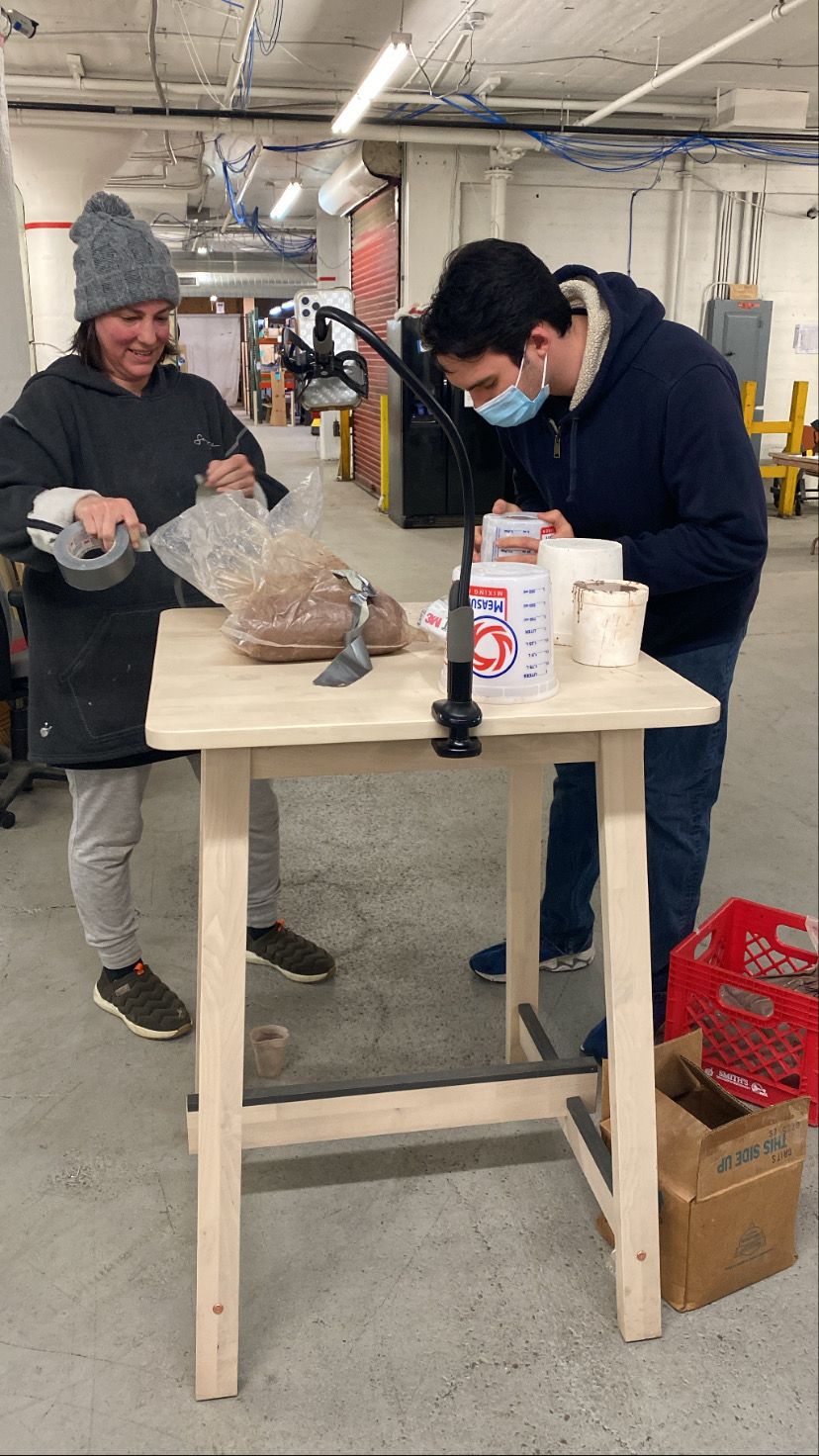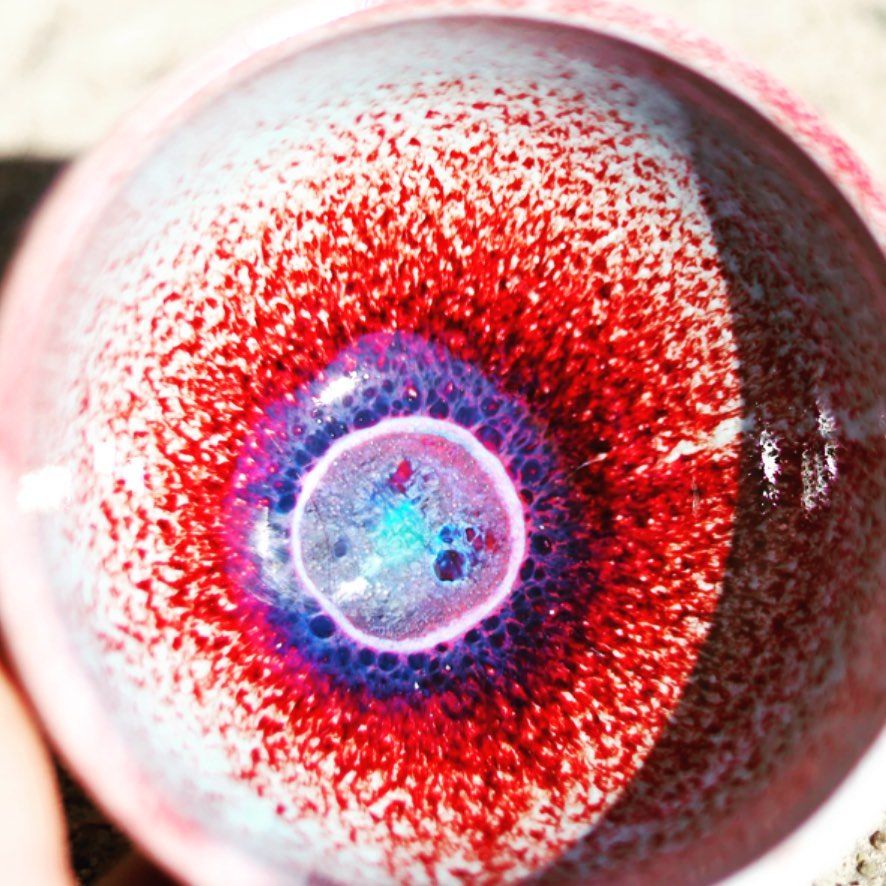Tuesday Talk Recap (3/8/22)
By Konstantinos on Under Tuesday Talks, 3D Printing, Prop Modeling
Greetings Hivemind! We had another stellar Tuesday Talk with the incredibly skilled Emily of Cosplaycad Props and Accessories. We are so grateful she was able to stream in and talk to us about 3D printing, resin printing, modeling programs so we can go forth and MAKE!
Emily gave us a really in depth presentation on different types of 3D printers, the pros and cons of each type as well. When asked how long it takes her personal setup to print the famous Benchy, she responded about 3 hours due to her modifications to her printers.
Emily is not just versed in 3D printing and 3D modeling, but she is also an accomplished cosplayer and cosplay designer. Part of her presentation included pictures of armor she modeled and designed for her Zelda cosplay and she spoke about the design process. In short, it was a lot of trial and error with major of slight tweaks for wearbility. It's one thing to print something and display it, a whole other world to wear it.
We are so thrilled to have had Emily as a speaker! Please support her on Facebook, Instagram, Github, and Tiktok. Comission her for cosplay props here.
Tuesday Talk Recap (2/14/22)
By Konstantinos on Under Tuesday Talks, ceramics

Greetings Hivemind! Konstantinos (they/them) here to give you a recap of our last Tuesday Talk with the super funny, super cool Laura Davis. Laura joined us for our first hybrid meeting of the year and even brought us into the 21st century with an Instagram Live stream on Core Clay. Sad you missed this talk? Join us every second Tuesday for a new speaker!
An excited group gathered around an unreasonably tall table which perfectly suited slip casting. Laura showed us that it could be done with just a styrofoam cup, adding designs with blunt objects to create designs like cow print but not cheetah print. Don't try cheetah print. We also were able to hold a final product with a quote from David Drake, famed potter and poet. Read some of his inscriptions here and more about him in general here. It is important to mention that Drake was enslaved and his work cannot be separated from his experience.
The evening was full of laughs, reflective moments, and slip spilled on the table. We are eternally grateful for Laura's knowledge, time, and energy for us. Want to learn from her and support her? Check out Core Clay and check out her ceramics on Ms&Trope.
Thank you so much again, Laura!
Tuesday Talk (2/8/22)
By Konstantinos on Under Tuesday Talks, ceramics

Our Tuesday Talk speaker series continues! This week we will have Laura Davis, owner of Core Clay and the hands behind Ms&Trope Ceramics. Laura has been working in clay since 2002. Her work influenced by stained glass windows, Celtic designs, cut glass, and the state of our world. She has become a little obsessed with stencils lately.
Laura will be giving her talk after our meeting and we are so thrilled to have her!
The State of the Hive (2/7/22)
By Konstantinos on
Greetings Hivemind! Did you miss me? Konstantinos (they/them) here to give you an update about Hive13.
We will be open to visitors before our weekly meetings beginning 2/8/2022! Please arrive at 6pm and give us a call (513-909-4483) so we can let you in. Can't make Tuesdays? Contact us on social media, email us, or call us and we can find a better time and day for you to visit. Please bring a mask and be prepared to socially distance!
We've missed having guests and can't wait to see you all soon!
The State of the Hive (as of 1/29/22)
By Konstantinos on
Greetings Hivemind! Konstantinos (they/them) here to clarify some confusion about what is going on (or not going on) at Hive13 at this time. As we announced on social media, we have been doing virtual meetings with all classes canceled due to the Omicron surge. The safety and wellbeing of our members is paramount to us. Does that mean we're not making or doing tours? Of course not! The Hive is still open to all members and tours are now made by appointment. We ask that you wear a mask, distance yourself, and stay home if you are unwell or have been exposed.
Want a tour? Please call 513-909-4483 or email us at leadership@hive13.org with your name and how best to reach you. We will contact you to best fit your schedule.
We hope to open our doors to visitors soon for our Tuesday meetings but in the meantime we ask you to wear a mask, stay safe, and make!


